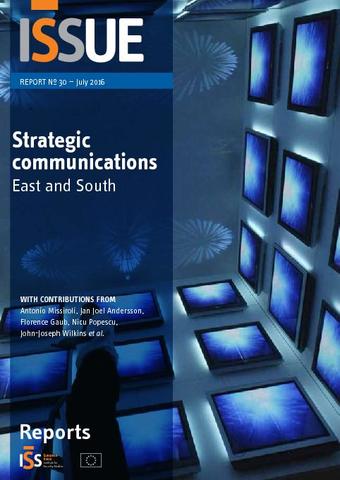You are here
Strategic communications – East and South

Emanating from Russia in the east and the so-called Islamic State of Iraq and the Levant (ISIL)/Daesh in the south, the EU has been increasingly hit by destabilising messages amounting – in different forms and to different degrees – to coherent hostile ‘strategic communications’ campaigns, or the processes of infusing communications activities with an agenda or plan to impact the behaviour of a target audience. Russia and ISIL have engaged in aggressive messaging and deceptive media campaigns, albeit with distinct narratives, targets and audiences.
This Report analyses the ‘what’ and the ‘how’: the respective narratives of each actor, their specificities, their similarities and their differences. The analysis also draws attention to strategic communications efforts undertaken by the EU, which are vectored into defensive (react and respond) and offensive (probe and push) dimensions. This understanding of the present context finally allows for an evaluation of what actions can be taken to enhance the effectiveness of the EU’s own strategic communications. This Report is a slightly updated and revised version of a study produced by the EUISS for the European Parliament’s Directorate-General for External Policies (DG EXPO) in May 2016.